Formula 1®
The challenge of back-to-back races
With the Malaysian Grand Prix, the 2016 Formula 1 season 2016 heads for the home straight which is as exciting as it is stressful. Exciting, because the fight for the world title between Nico Rosberg and Lewis Hamilton could hardly be closer, stressful, because the calendar is crowded and presents numerous logistical challenges for teams.
The Japanese Grand Prix is next up on the program just one week after the race in Malaysia, then there's a two-week break before the next two back-to-back races in Austin and Mexico City. It's not until the end of the season that things ease off a little, because there's a fortnight between Brazil and the finale in Abu Dhabi.
Three times around the equator
Adding together the total distance that Formula 1 covers during this record season with 21 races, we get a figure of some 131,995 kilometers – that's more than three times around the equator. In cooperation with Formula One mManagement, DHL plans and manages a variety of logistics requirements for the cChampionship with dedicated staff at all circuits and on board aircrafts accompanying goods, moving 1600-2000 tons by air, sea and truck. DHL handles the overseas shippingmove of racing cars, engines, tyres, spare parts and general team equipment, including customs and dDangerous Ggoods Regulations clearancerequirement.
Each Formula 1 team transports roughly 50-60 tons of equipment per race. For the European races, this figure rises to between 35 and 40 tons. The teams are completely self-sufficient – they bring their own water bottles, refrigerators, cabling and even their own power generators. For the overseas races, the teams have three to four identical sets of 40ft sea container. These are shipped around the world on a rotational basis. They contain all the heavy and interchangeable items of equipment.
Some new parts, such as front wings orand underbodyies, arrive at the track just in time for qualifying. Using express flights, deliveries can be made within 24 hours. An on-board courier accompanies urgent deliveries throughout the entire trip, smoothing their path through customs and arranging their transfer by helicopter or motorbike direct to the paddock.
Before the Formula 1 cars themselves are transported, the front and rear wings, steerings wheels, rearview mirrors and sidepods are removed. The bottom and the sides of the car are encased in wooden panels, while at the rear, a bumper protects the gearbox. At the other end, a specially designed cover safeguards the steering and the front of the chassis.
Transport of fuel required for each race per team includes 2,500 litres of motor fuel, 140 literres of engine oil, 40 literres of gear oil and 90 literres of engine coolants. The fuel is transported in full accordance with dangerous goods regulations, in special fireproof canisters, holding with capacities of between 50 and 200 liters.litres. While in transit, the fuel has to be protectedproteced from extreme temperatures such as the heat of Malaysia and the cold of the North Atlantic.

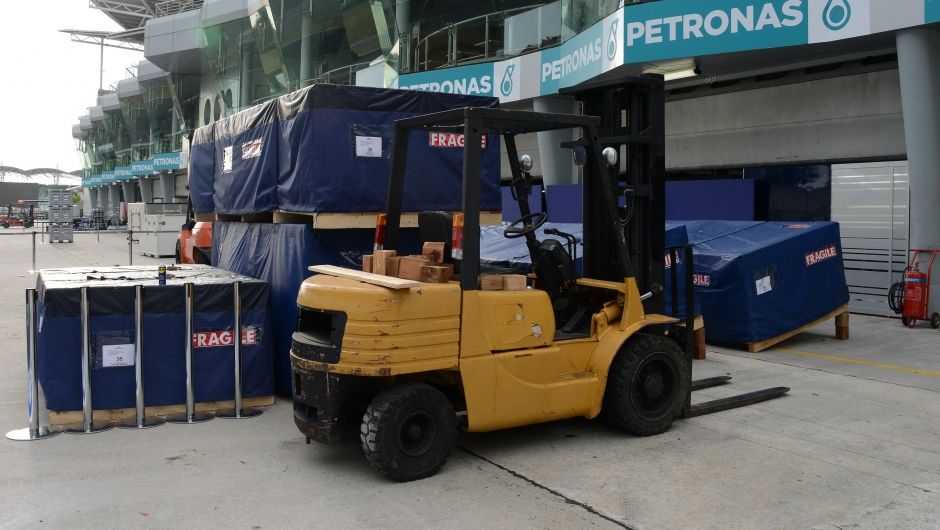
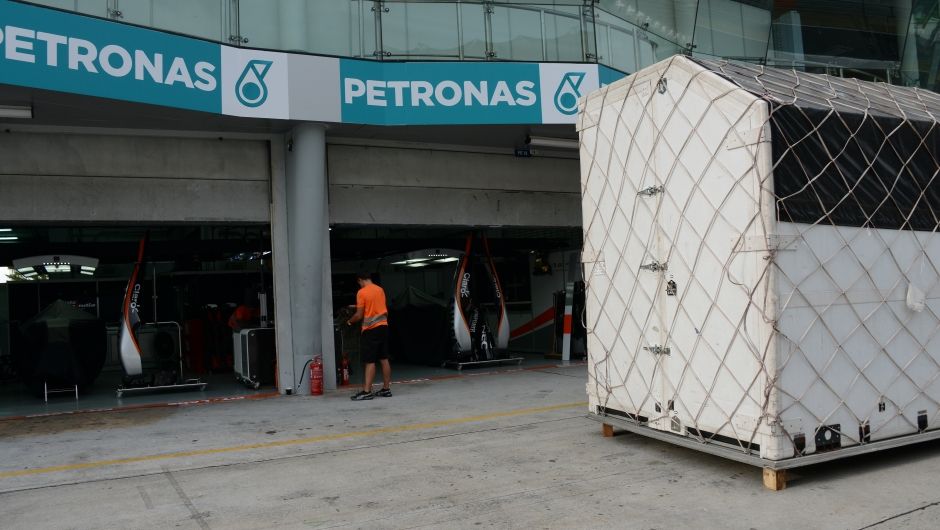
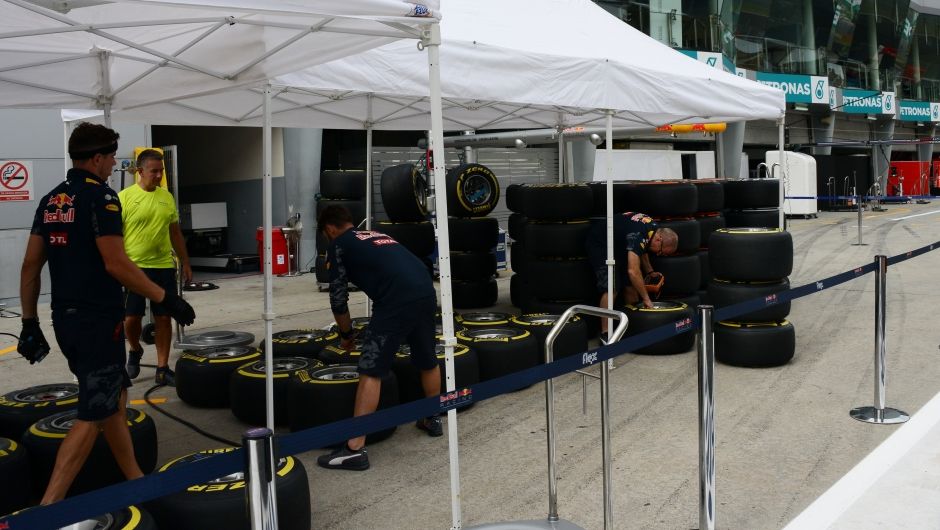
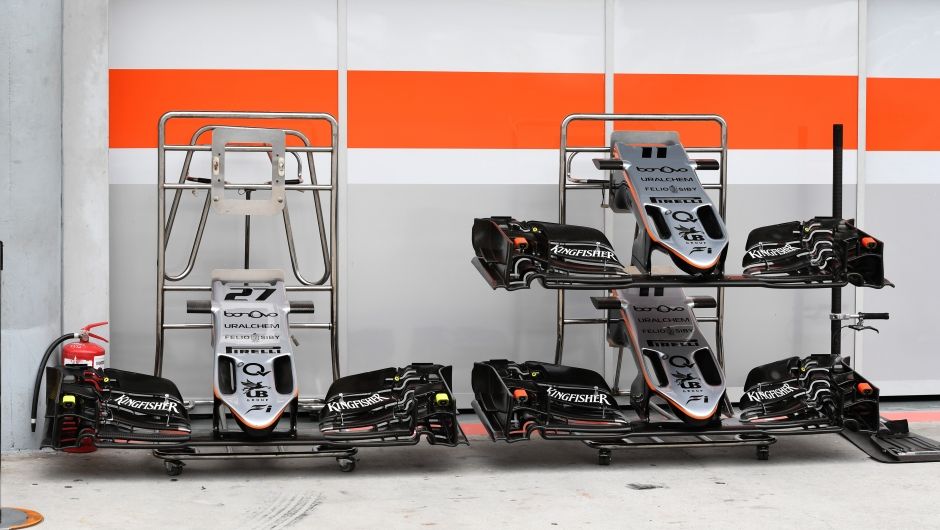
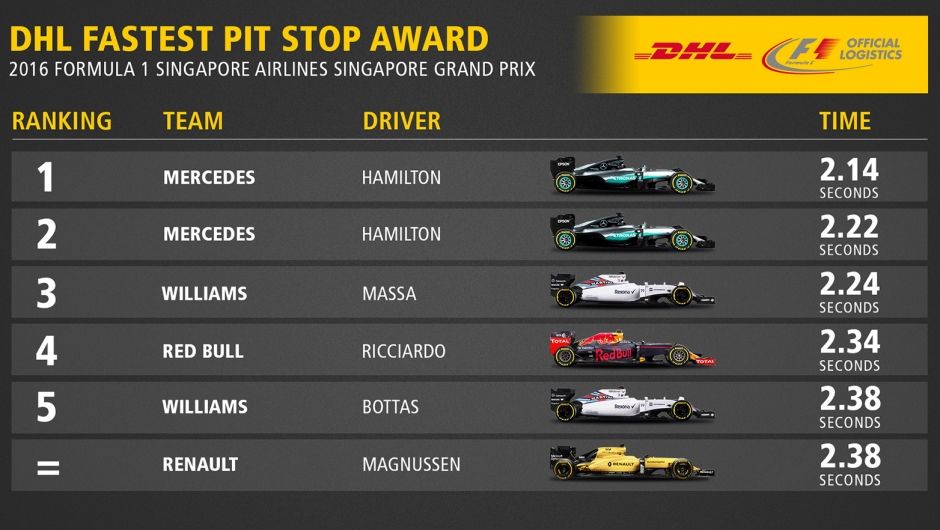
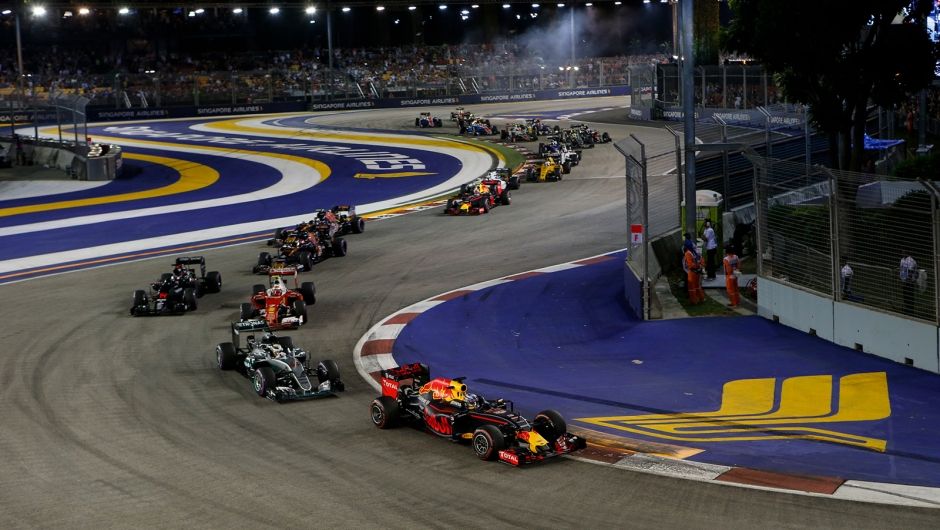
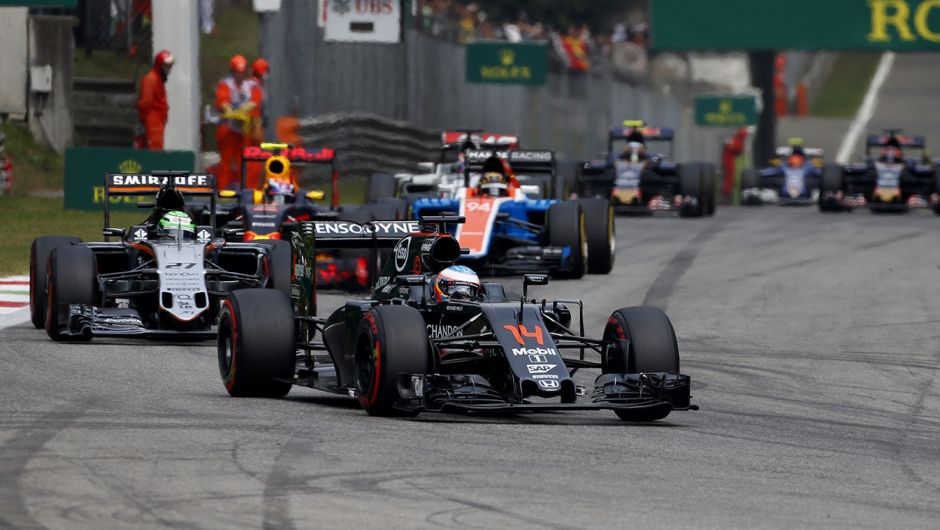

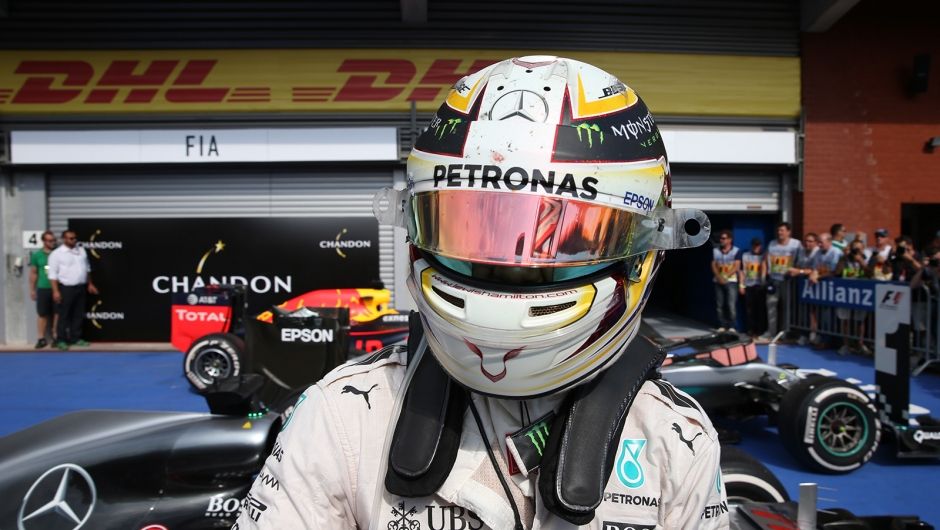
Content from disqus has been blocked because you did not allow to load it.
Loading the blocked content will adjust your privacy setting and content from this service will not be blocked in the future.
You have the right to revoke or change your decision at any time.
Posting Guidelines
All communications on Logistics of Things should be appropriate for a professional community, respecting the diverse views of individuals from different backgrounds. We will review all comments and reserve the right to terminate or restrict access to user's account and to delete any content posted through it, without notice and at our discretion, if we deem it to be overly promotional, offensive, or off topic.
All posting become property of DHL.